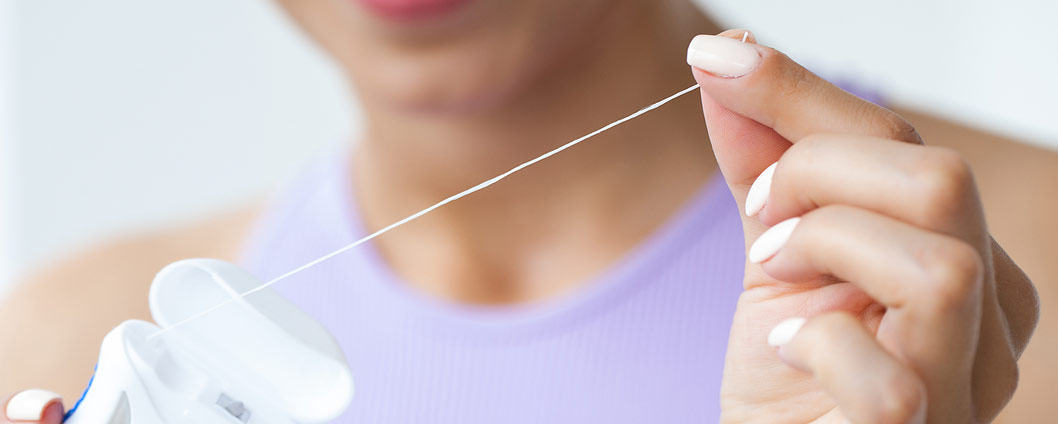The Ultimate Guide to Flossing: Unleash the Power of Clean Between Your Teeth
Brushing is a superstar in the oral hygiene world, but it can’t do it all. Flossing is the unsung hero, reaching where your toothbrush can’t – the spaces between your teeth and under your gum line. This is where plaque and food particles love to hide, contributing to cavities, gum disease, and bad breath. This ultimate guide will break down different flossing techniques, offer tips for those tricky-to-reach spots, and explain why this seemingly small act is so vital for a healthy smile.
Why Flossing is Non-Negotiable:
Think of your teeth as a picket fence. Your toothbrush cleans the front and back, but flossing gets between the pickets, where bacteria and food debris accumulate. Without flossing, you’re only cleaning about 60% of your tooth surfaces! Neglecting this crucial step can lead to:
- Cavities: Plaque buildup between teeth can lead to cavities, especially if you have crowded teeth.
- Gum Disease: Inflamed and bleeding gums are often the first sign of gum disease, which can progress to periodontitis and even tooth loss if left untreated.
- Bad Breath: Decomposing food particles trapped between teeth are a major contributor to bad breath.
- Overall Health Concerns: Emerging research suggests a link between gum disease and other health issues, such as heart disease, diabetes, and even certain cancers.
Different Flossing Techniques:
There’s no one-size-fits-all approach to flossing. Here are a couple of popular methods:
- The Spool Method: This is the classic technique. Cut about 18 inches of floss, wrap it around your middle fingers, leaving a 2-inch section between them. Gently guide the floss between your teeth using a sawing motion. Curve the floss into a “C” shape against one tooth and slide it gently under the gum line. Repeat on the other side of the tooth. Use a fresh section of floss for each tooth.
- Floss Picks: These pre-threaded flossers are convenient, especially for people with dexterity issues or those who find traditional flossing awkward. While they can be helpful, they may not be as effective as traditional floss for reaching under the gum line.
Tips for Hard-to-Reach Areas:
- Back Teeth: Angle the floss to reach the back surfaces of your very last molars.
- Crowded Teeth: Gently guide the floss between crowded teeth, using a sawing motion. You may need to try different angles.
- Tight Contacts: Use thin floss if you have tight contacts between your teeth.
- Bridges and Implants: Special floss threaders or interdental brushes can help clean around bridges and implants. Ask your hygienist for specific recommendations.
Troubleshooting Flossing Challenges:
- Bleeding Gums: Bleeding gums can be a sign of gum disease. While it might seem counterintuitive, gentle flossing is crucial. If bleeding persists, see your dentist.
- Pain: Flossing should not be painful. If you experience pain, you may be using too much force or have a dental issue. See your dentist for evaluation.
- Shredding Floss: Shredding floss can indicate rough tooth surfaces or a faulty filling. See your dentist to address the underlying issue.
Beyond the Basics:
- Electric Flossers: These battery-powered devices vibrate floss, making it easier to clean between teeth.
- Interdental Brushes: These small brushes are great for cleaning larger gaps between teeth or around braces.
- Mouthwash: While not a substitute for flossing, using an antiseptic mouthwash can help kill bacteria and freshen breath.
Making Flossing a Habit:
- Find Your Floss: Experiment with different types of floss to find one you like.
- Keep Floss Handy: Keep floss in convenient locations, like your bathroom, purse, or desk.
- Tie it to a Routine: Incorporate flossing into your daily routine, such as before or after brushing your teeth.
- Don’t Give Up: It may take some practice to master flossing, but the benefits are well worth the effort.
Flossing is an investment in your oral health and overall well-being. By making flossing a regular habit, you can prevent cavities, gum disease, and keep your smile healthy and bright for years to come! If you have any questions or concerns about flossing, don’t hesitate to ask your dental hygienist. They are your best resource for personalized advice and guidance.



